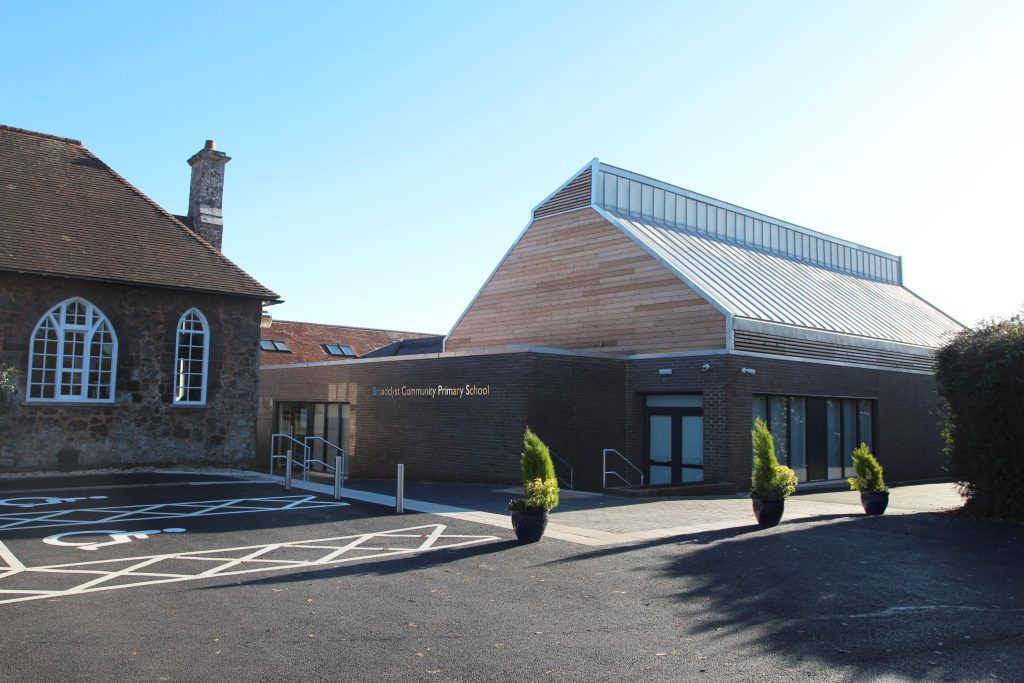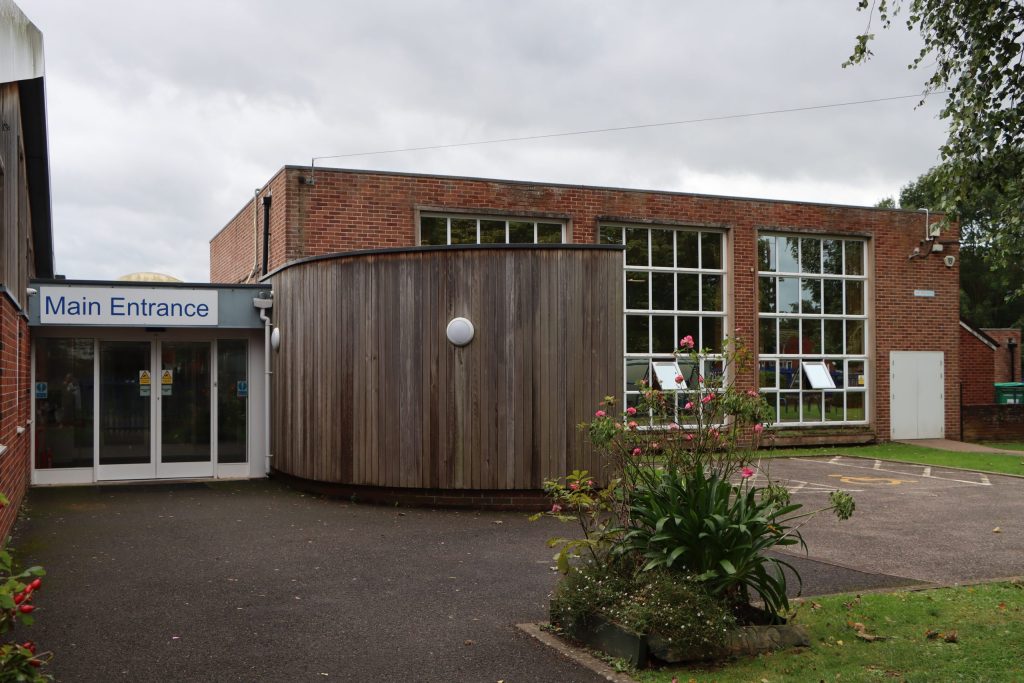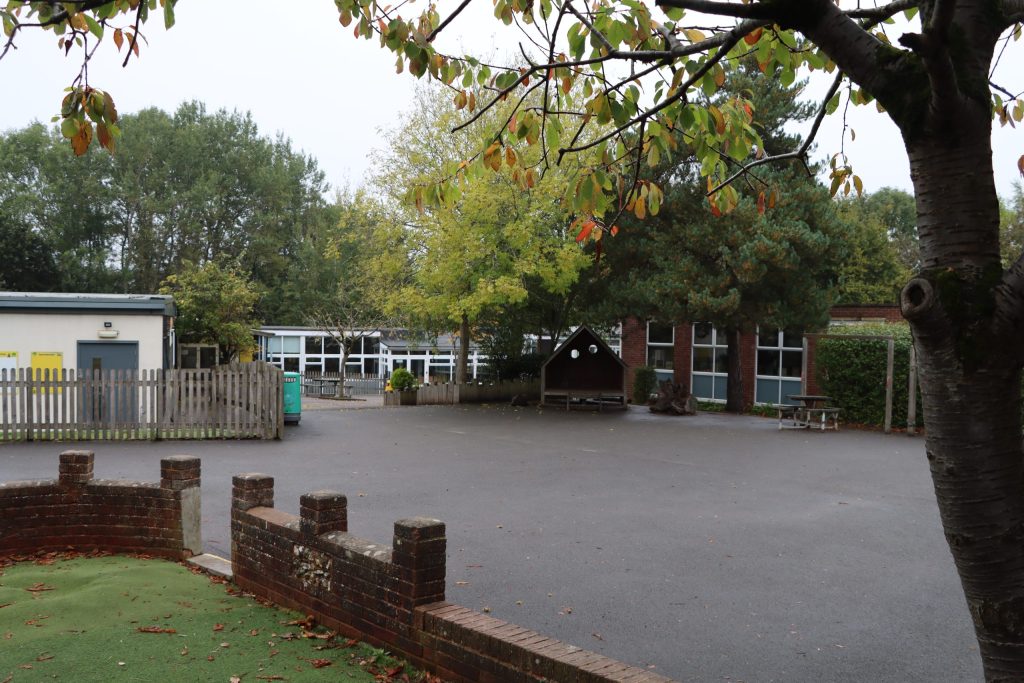Maths
In our Trust, we deliver a high-quality maths curriculum rooted in the mastery approach and aligned with NCETM Professional Development Materials. Our goal is simple: to nurture confident, fluent mathematicians who enjoy exploring ideas and apply their knowledge with precision and creativity.
Every child, regardless of background or starting point, is supported to develop a deep, adaptable understanding of maths. Carefully sequenced lessons, rich representations, and meaningful mathematical talk ensure all pupils progress and succeed together. With a strong focus on reasoning, problem-solving, and positive attitudes, we foster resilience, curiosity, and a belief that every child can achieve in mathematics.
Nursery
In Nursery, children begin to explore early mathematical concepts through play, songs, stories, and hands on activities. They learn to notice patterns, sort and match objects, and use language such as “more,” “less,” “big,” and “small.” Pupils enjoy counting games, number rhymes, and activities that help them recognise numbers and begin to understand what they mean. They explore shapes, space, and measures by building with blocks, comparing sizes, and using everyday language to describe position and quantity. These early experiences help children develop confidence with numbers and a curiosity about how maths is part of their everyday world.
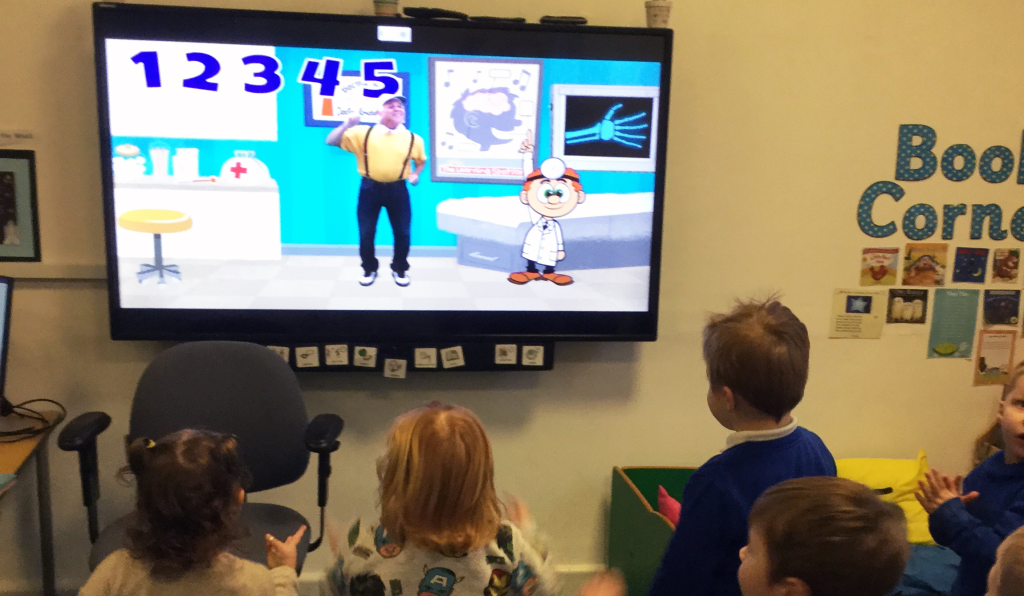
Mathematics
Developing a strong grounding in number is essential so that all children develop the necessary building blocks to excel mathematically. Children should be able to count confidently, develop a deep understanding of the numbers to 10, the relationships between them and the patterns within those numbers. By providing frequent and varied opportunities to build and apply this understanding – such as using manipulatives, including small pebbles and tens frames for organising counting – children will develop a secure base of knowledge and vocabulary from which mastery of mathematics is built. In addition, it is important that the curriculum includes rich opportunities for children to develop their spatial reasoning skills across all areas of mathematics including shape, space and measures. It is important that children develop positive attitudes and interests in mathematics, look for patterns and relationships, spot connections, ‘have a go’, talk to adults and peers about what they notice and not be afraid to make mistakes.
Reception
In Reception, children build on their early experiences to develop a deeper understanding of numbers, patterns, and problem-solving. They learn to count confidently, recognise numerals, and begin to understand how numbers are made up and related to each other. Pupils explore addition and subtraction through practical activities and begin to use mathematical language to explain their thinking. They investigate shapes, patterns, and measures, and use tools like ten frames and number lines to support their learning. Through playful and purposeful activities, children develop a strong foundation in maths that prepares them for more formal learning in Year 1.

Mathematics
Developing a strong grounding in number is essential so that all children develop the necessary building blocks to excel mathematically. Children should be able to count confidently, develop a deep understanding of the numbers to 10, the relationships between them and the patterns within those numbers. By providing frequent and varied opportunities to build and apply this understanding – such as using manipulatives, including small pebbles and tens frames for organising counting – children will develop a secure base of knowledge and vocabulary from which mastery of mathematics is built. In addition, it is important that the curriculum includes rich opportunities for children to develop their spatial reasoning skills across all areas of mathematics including shape, space and measures. It is important that children develop positive attitudes and interests in mathematics, look for patterns and relationships, spot connections, ‘have a go’, talk to adults and peers about what they notice and not be afraid to make mistakes.
Year 1
In Year 1, children continue to develop their mathematical understanding, exploring key concepts such as counting, comparing quantities, part-whole relationships, and working with numbers to 10. As the year progresses, they build fluency in addition and subtraction, begin to recognise coins, and explore position and direction. Maths investigations are a regular part of our learning, encouraging children to think deeply, solve problems, and apply their knowledge in fun and practical ways.

- Count to and across 100, forwards and backwards.
- Read and write numbers to 100 in numerals.
- Identify one more and one less.
- Use language like equal to, more than, less than, most, least.
- Represent and use number bonds within 20.
- Add and subtract one-digit and two-digit numbers to 20.
- Solve simple problems using concrete objects and pictorial representations.
- Count in multiples of 2, 5, and 10.
- Solve one-step problems using arrays and grouping.
- Recognise, find, and name halves and quarters of objects, shapes, and quantities.
- Compare, describe, and solve practical problems for length, mass, capacity, and time.
- Recognise and know the value of coins and notes.
- Tell the time to the hour and half past.
- Recognise and name common 2D and 3D shapes.
- Describe position, direction, and movement, including whole, half, quarter, and three-quarter turns.
Year 2
In Year 2, children build on their mathematical understanding through a carefully sequenced curriculum. They explore key areas such as number and place value, addition and subtraction, multiplication and division, fractions, time, money, shape, and measures. Alongside this structured learning, we place a strong emphasis on maths investigations—encouraging children to think creatively, solve problems, and apply their knowledge in real-life contexts. These investigations help deepen understanding and make maths an exciting and meaningful part of everyday learning.
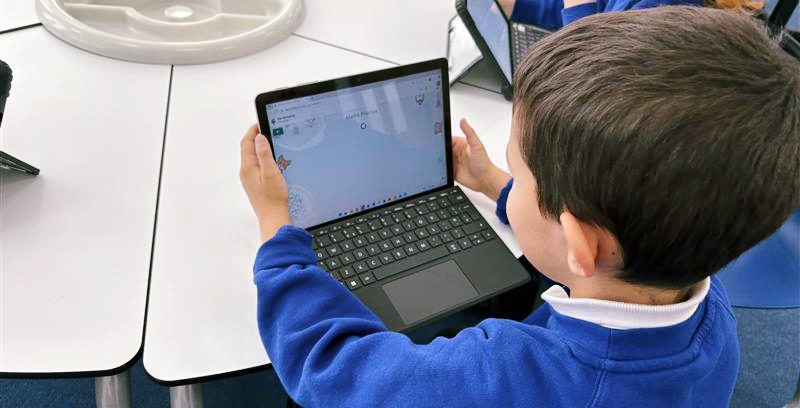
- Count in steps of 2, 3, and 5 from 0, and in tens from any number.
- Recognise place value in two-digit numbers.
- Solve problems using concrete objects and pictorial representations.
- Recall and use addition and subtraction facts to 20 fluently.
- Recall and use multiplication and division facts for the 2, 5, and 10 times tables.
- Recognise, find, name, and write fractions 1/3, 1/4, 2/4, and 3/4.
- Understand fractions as equal parts of a whole.
- Use standard units to measure length, mass, temperature, and capacity.
- Tell and write the time to five minutes, including quarter past/to.
- Identify and describe the properties of 2D and 3D shapes.
- Use mathematical vocabulary to describe position, direction, and movement.
- Interpret and construct simple pictograms, tally charts, block diagrams, and tables.
Year 3
In Year 3, children build on the strong foundations laid in Key Stage 1, beginning to develop short-hand written methods for addition and subtraction. The focus is on building confidence, accuracy, and fluency, as children take their first steps toward mathematical mastery. They explore multiplication and division through practical strategies and visual models, preparing for more formal methods later on. Real-world problem-solving is woven throughout, helping children see the purpose of maths in everyday life—from calculating change to measuring ingredients. Year 3 is all about step-by-step progression, ensuring every child feels secure and ready to tackle more complex ideas.
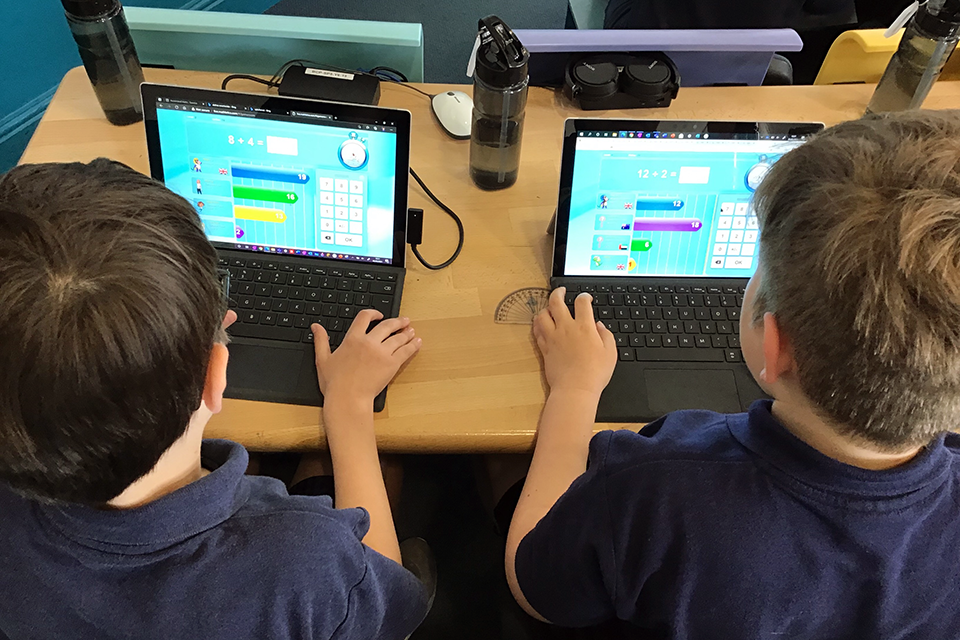
- Count in multiples of 4, 8, 50, and 100.
- Recognise the place value of each digit in a three-digit number.
- Add and subtract numbers mentally and using formal written methods.
- Recall and use multiplication and division facts for the 3, 4, and 8 times tables.
- Recognise and use fractions as numbers.
- Count up and down in tenths.
- Measure, compare, add, and subtract lengths, mass, volume, and money.
- Tell and write the time using 12- and 24-hour clocks.
- Draw 2D shapes and make 3D shapes using modelling materials.
- Interpret and present data using bar charts, pictograms, and tables.
Year 4
In Year 4, the spotlight is firmly on times tables, with the goal of every child confidently recalling all facts up to 12 × 12. Lessons around this are dynamic and engaging, with regular use of Times Table Rock Stars and hands-on activities that strengthen multiplication fluency. Children also deepen their understanding of division, building on the strategies introduced in earlier years. Maths is brought to life through cross-curricular projects, such as the Eggy Challenge and String Cup Telephones, where children apply their knowledge to real-world scientific investigations. They also gather and interpret rainfall data from around the world, creating line graphs to represent their findings. Year 4 is a year of application, exploration, and growing independence in mathematical thinking.
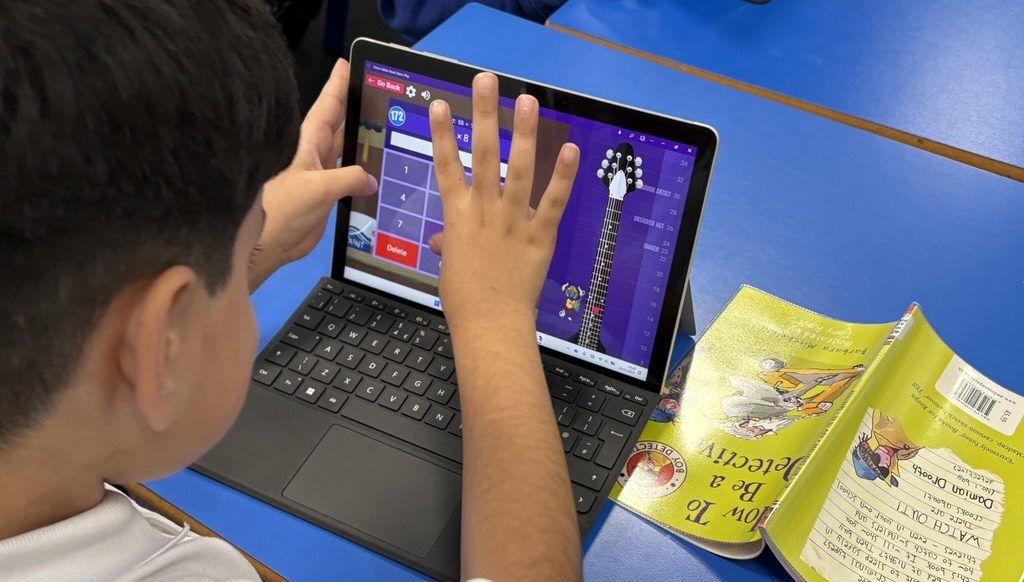
- Count in multiples of 6, 7, 9, 25, and 1,000.
- Round numbers to the nearest 10, 100, or 1,000.
- Solve two-step problems in contexts.
- Recall multiplication and division facts up to 12 × 12.
- Recognise and show families of equivalent fractions.
- Count up and down in hundredths.
- Convert between different units of measure.
- Read, write, and convert time between analogue and digital 12- and 24-hour clocks.
- Compare and classify geometric shapes, including quadrilaterals and triangles.
- Solve comparison, sum, and difference problems using information presented in bar charts and line graphs.
Year 5
In Year 5, children are challenged to refine and apply their understanding of the four key operations, preparing them for the demands of Year 6 and beyond. A strong emphasis is placed on perimeter, area and volume, with children using these skills to measure their school grounds and design updated outdoor spaces, linking maths to real-world planning and design. They also explore scaling, conversions, fractions and decimal place value, developing the precision needed for more advanced problem-solving. Year 5 is about solidifying core skills, applying them in meaningful contexts, and building the confidence to tackle more abstract concepts with clarity and purpose.

- Read, write, order, and compare numbers to at least 1,000,000.
- Interpret negative numbers in context.
- Use formal written methods for all four operations.
- Identify multiples, factors, prime, square, and cube numbers.
- Compare and order fractions.
- Recognise and use thousandths.
- Understand percentage as part of a whole.
- Convert between metric units and understand imperial units.
- Calculate perimeter and area of rectangles and compound shapes.
- Identify 3D shapes from 2D representations.
- Know angles are measured in degrees and estimate them.
- Use reflection and translation in grids.
- Complete, read, and interpret information in tables and line graphs.
Year 6
In Year 6, maths becomes a powerful tool for real-world problem-solving, with a strong focus on consolidation and application. One of the key drivers is the Global Enterprise Challenge (GEC), where children learn about budgeting, profit and loss, and financial planning, applying their understanding to create and manage their own business ideas. They present their outcomes using clear graphs, charts, and data analysis, developing both their mathematical fluency and communication skills. This year also reinforces core concepts across the four operations, fractions, percentages, and measurement, ensuring children are fully prepared for the transition to secondary school. Year 6 is a celebration of everything they’ve learned, where maths becomes purposeful, practical, and empowering
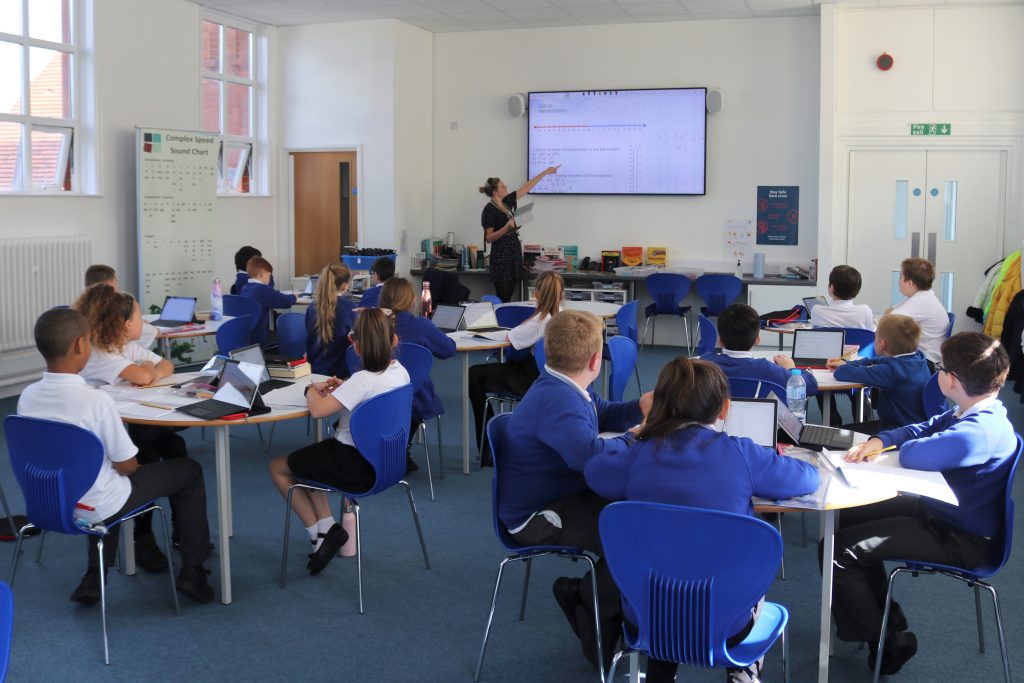
- Read, write, order, and compare numbers up to 10,000,000.
- Round any whole number to a required degree of accuracy.
- Perform mental calculations with mixed operations.
- Use estimation to check answers.
- Use common factors to simplify fractions.
- Multiply and divide fractions.
- Solve problems involving the calculation of percentages.
- Use simple formulae.
- Generate and describe linear number sequences.
- Solve problems involving converting units of measure.
- Calculate area, perimeter, and volume.
- Draw 2D shapes using given dimensions and angles.
- Recognise and build simple 3D shapes.
- Describe positions on the full coordinate grid.
- Draw and translate simple shapes on the coordinate plane.
- Interpret and construct pie charts and line graphs.
- Calculate and interpret the mean as an average.
Contact: admin@tcat.education
Phone: 01392 304040
© The Cornerstone Academy Trust 2025



